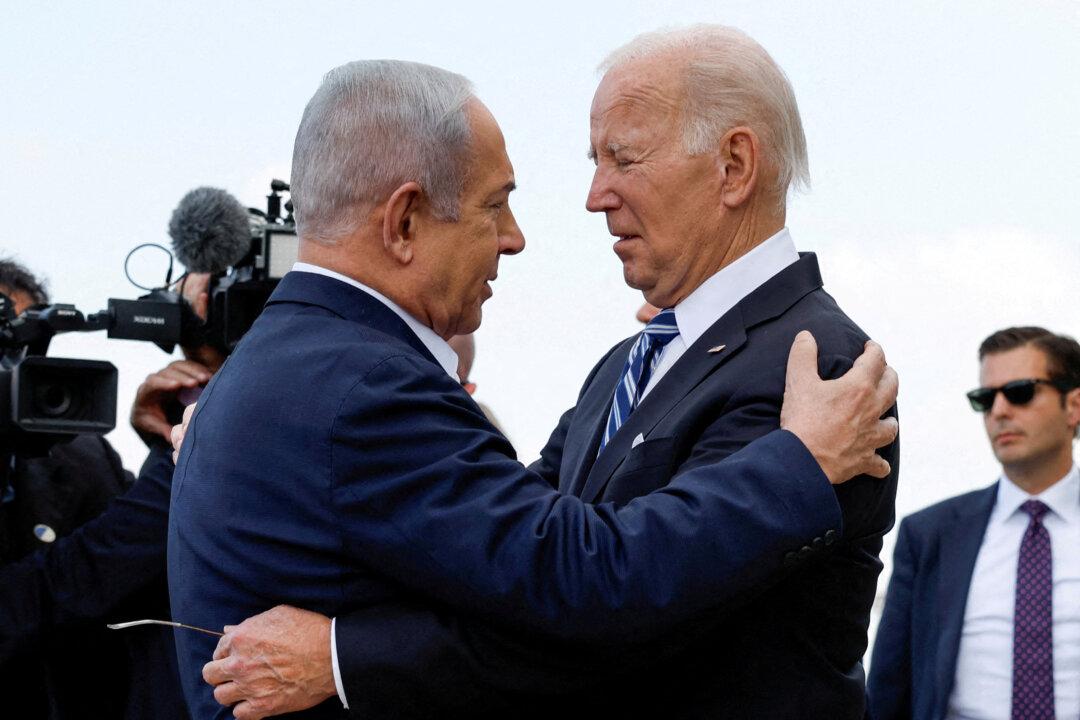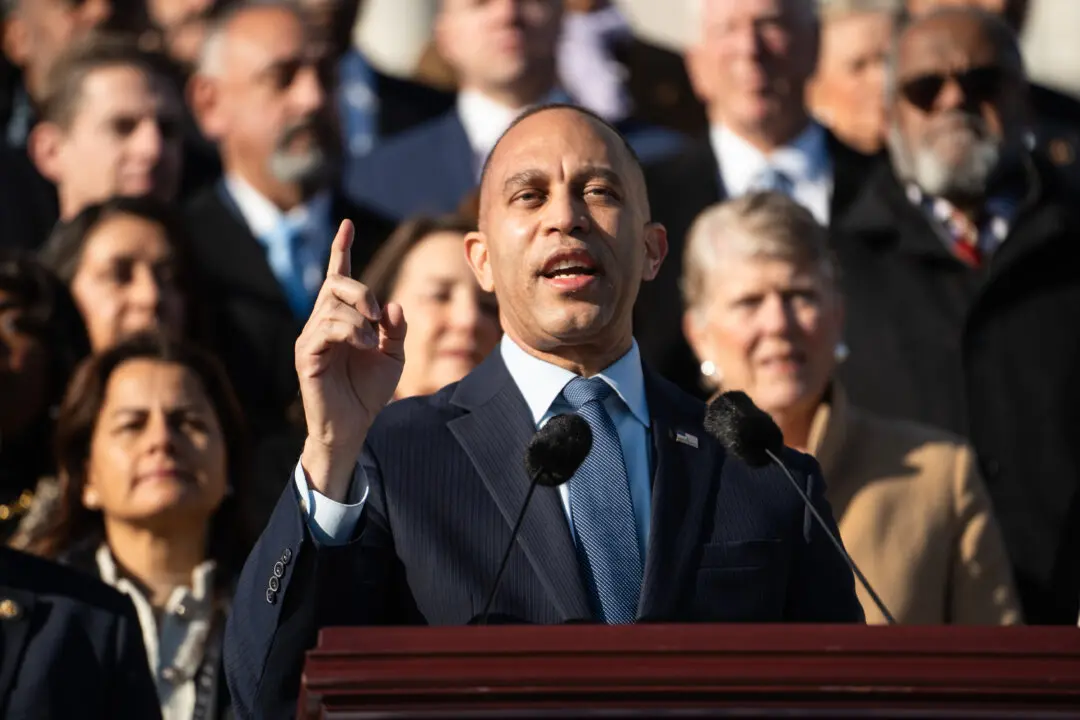The United States has spent at least $22.76 billion on military aid to Israel and on related U.S. operations in the region from Oct. 7, 2023, to Sept. 30, 2024, according to a new report from the Watson Institute for International and Public Affairs at Brown University.
According to the study, this expenditure marks a significant increase in U.S. military support for Israel, surpassing any annual amount since the United States began granting military aid to the country in 1959.





